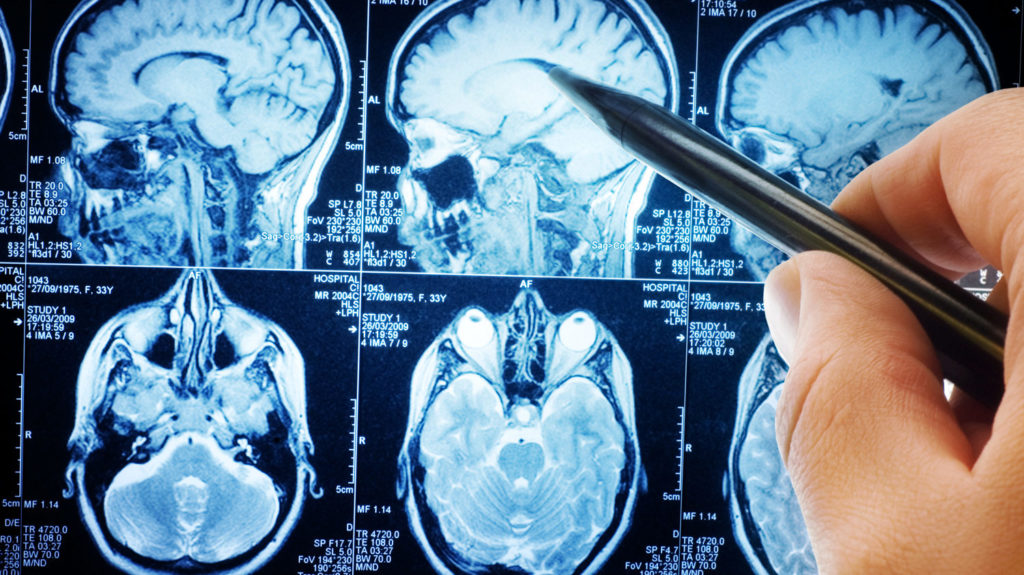TRACE4AD is able to perform an early diagnosis of Alzheimer by exploiting the potential of AI and Computer Computing.
Every year, Alzheimer’s affects 5 million men and women worldwide, irreparably transforming their lives. The disease discovered at the beginning of the 20th century by the German psychiatrist Alois Alzheimer is one of the most widespread (and disabling) forms of dementia and it is estimated that, due to the aging of the population, over the next 30 years clinical cases will triple. To date, there are no therapies to resolve Alzheimer’s disease and its course is inexorably progressive. The only weapon available to doctors is early diagnosis. Early diagnosis helps to slow down the progression of the disease and limit neurological damage. And this, of course, has positive repercussions on the patient’s life. In order to anticipate the diagnosis as much as possible, the Turin-based startup Deep Trace Technologies has created an innovative system that exploits the potential of Artificial Intelligence. The project is called TRACE4AD (The Radiologist’s Cognitive Eyes for Alzheimer Deasease) and aims to apply AI to the field of medical diagnosis.
An algorithm able to diagnose Alzheimer
TRACE4AD is able to perform an early diagnosis and predict the progression of Alzheimer’s by automatic and objective analysis of the subject’s brain. To do this, the system uses Artificial Intelligence (AI) and Cognitive Computing (CC) technologies that compare common medical images integrated with standard neuropsychological measures. In practice, this means that any physician can connect to the TRACE4AD software, send an X-ray of the Alzheimer’s patient’s brain and get a complete and detailed report on the status of the disease within minutes. All this is possible thanks to a special algorithm developed by the engineers of TRACE4AD. The string is able to learn the distinctive features of the disease from the brain images of patients for whom the diagnosis and course are known and use them to diagnose a new patient and predict any progression of the disease. This method allows a significant reduction in the time for diagnosis and prediction of progression of Alzheimer’s disease. And it has a strong impact on the health budget. In addition to slowing down the course of the disease, early diagnosis makes it possible to reduce the cost borne by the State and the patient and to reduce the cost of treatment. A revolutionary approach, in short, both for the individual and for the community.
